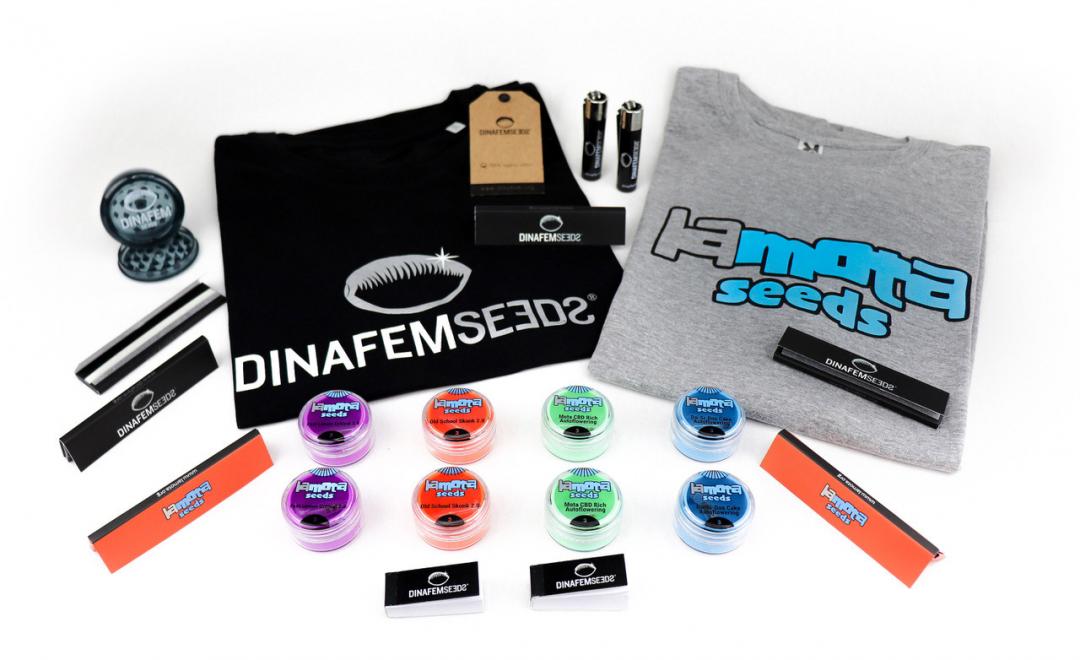San Bacio Gelato
Humboldt Seed Organization Sex: Feminised
Sex: Feminised Genotype: 75% Indica / 25% Sativa
Genotype: 75% Indica / 25% Sativa Cross: Bacio Gelato x 3 Kings BHB
Cross: Bacio Gelato x 3 Kings BHB Suitable for: Indoors and outdoors
Suitable for: Indoors and outdoors Indoor flowering: 60-67 days
Indoor flowering: 60-67 days- See all the features
Description
Regardless of the climate and environment, San Bacio Gelato turns into strong and sturdy plants, with extensive branching and wide leaves, that end up full of thick and resin-packed buds offering a show that nobody should miss.
Thanks to this climatic versatility, she thrives both in humid and arid weather conditions. It's important, though, to make sure she gets sufficient food for her metabolic demands to be fully met. Manicuring beneath primary layers during the 1st, 3rd and 6th week of flowering will help maximise yields. As for the secondary and third layers, it's best to keep it to the minimum. For the plant to yield buds fearlessly, the use of support structures such as trellis nets at the end of the blooming phase is necessary as well. The optimal number of San Bacio Gelato plants to grow at the same time is 6-9 plants/m2.
San Bacio Gelato is great for a peaceful day when there isn't much going on. The plant's terpene expression has no equal. A blend of berries, cinnamon and black pepper with undernotes of lemon peel, pinewood, and earth. Her effect is definitely a hard-hitting one, not suitable for everyone. With THC levels of up to 20-25%, what did you expect?
Remember that, besides our catalogue of Humboldt Seed Organization, you can access our selection of over 3,000 cannabis seeds. Don't forget to use our advanced filters to help you find strains with higher or lower THC levels, with faster flowering cycles and of varying sizes depending on your grow's needs.
Technical data
| Humboldt Seed Organization | |
| Feminised | |
| 75% Indica / 25% Sativa | |
| Bacio Gelato x 3 Kings BHB | |
| Indoors and outdoors | |
| 60-67 days | |
| 450-550 g/m2 | |
| Mid-October | |
| 3000-4000 g/plant | |
| 3-4 m | |
| 20-25% | |
| 0.1% |
*Cannabinoid levels (THC, CBD...) could vary due to external factors such as the culture medium, grower's experience, cultivation techniques (SOG, SCROG...), environmental conditions, or genetic variation.













